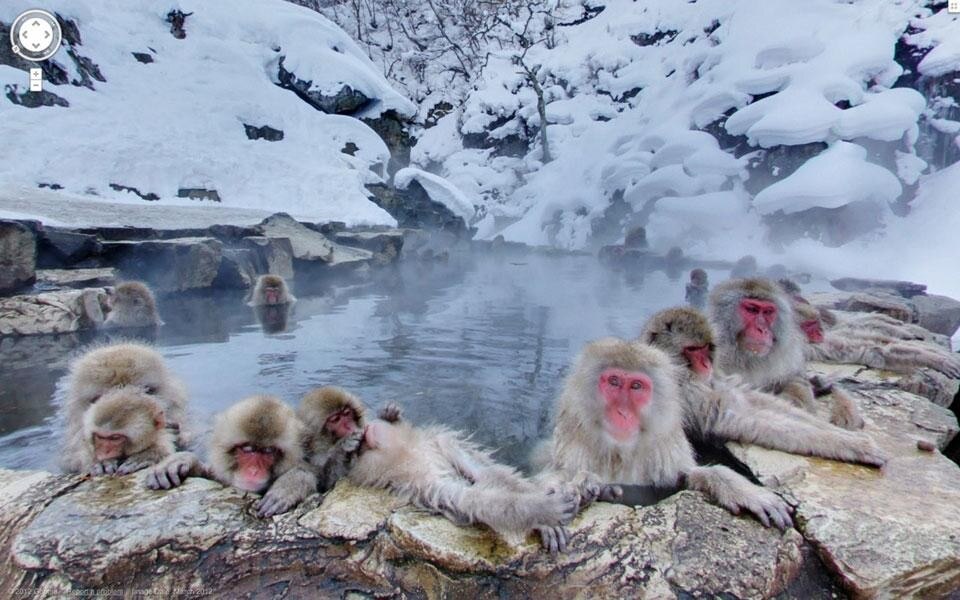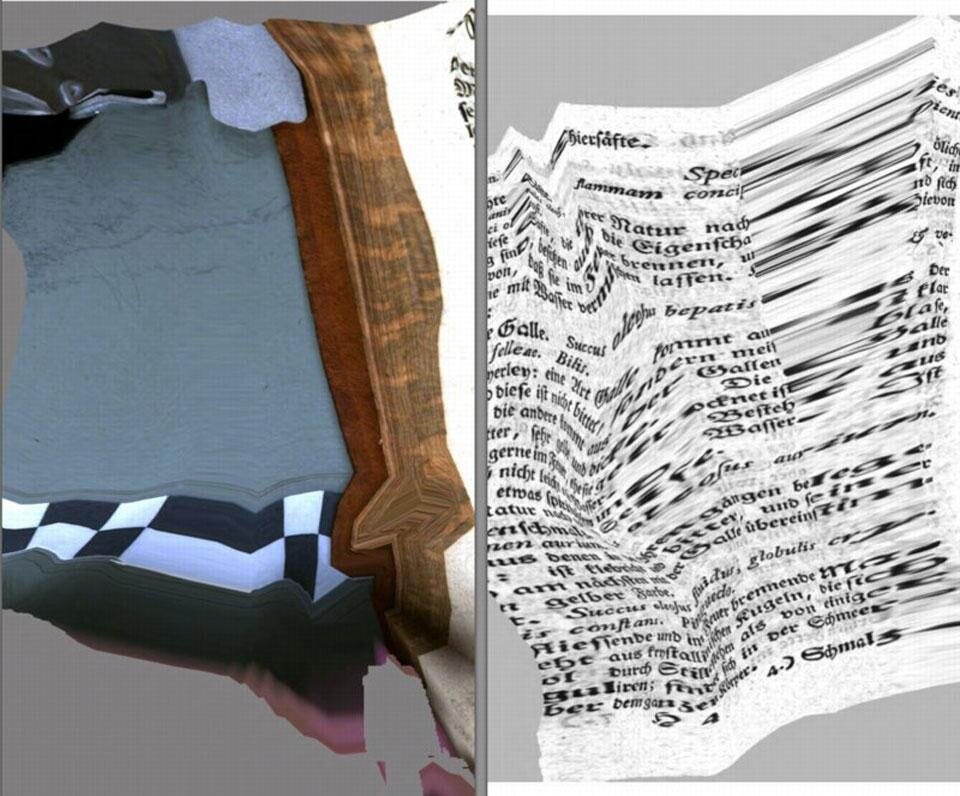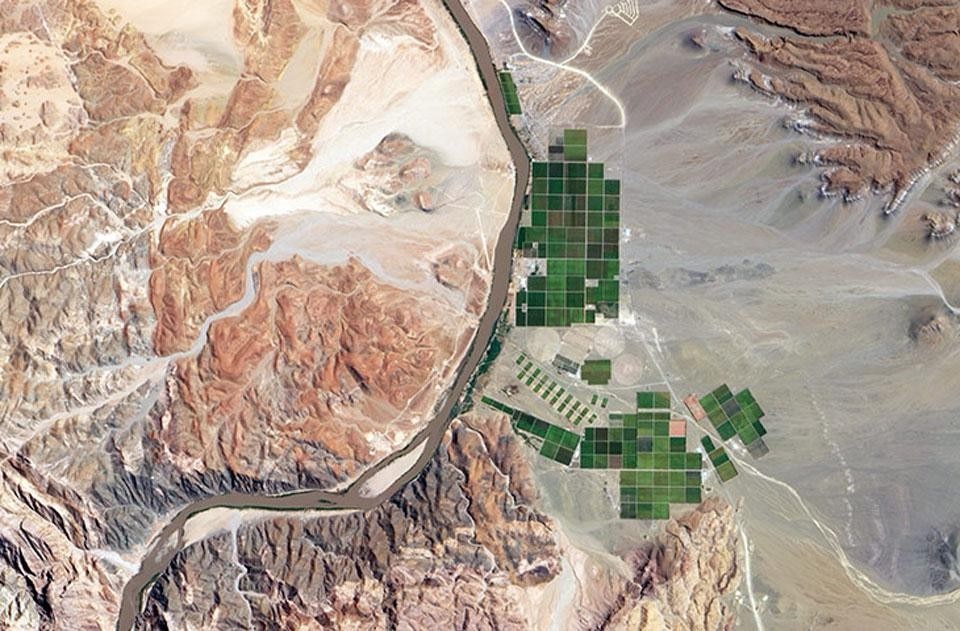This variety of paradox was at the center of "Stories From The New Aesthetic," the penultimate discussion in a series put on by Rhizome, at the New Museum.
The three speakers — Aaron Straup Cope, of the Cooper-Hewitt; Joanne McNeil, editor of Rhizome; and Bridle, the writer who coined "the New Aesthetic" (but is quick to point out that he's not proud of the phrase) — spoke of their increasing awareness of, and developing attitudes about, the integration of technology and everyday life. Specifically, the way they begin to behave when they overlap or reflect each other.
The fact that satellite imagery and fairly precise GPS location is readily available for anyone with a new phone might be commonplace, but the scale of that realization, both in terms of its global ubiquity and the complexity of the necessary support system becomes dumbfounding in even a larger historical frame. Only a few decades ago, the nuclear-powered submarines of the two most heavily invested militaries the world has ever known could not target ballistic missiles acceptably because, on a basic level, the submarines couldn't even tell exactly where they were.
The now-continuous intersection between the physical world and its computer representations was the starting point for the three highly caffeinated imaginations on display at the New Museum. Cope, previously a geolocation engineer at Flickr, dilated on the echoes of reality and its schematic representation: reflections piling upon each other, and sets of overlapping data becoming increasingly rife with meaning — intended and otherwise. The complexity of possible interpretations led to a comparision of the eery oscillations of elevator statistical recordings and undersea whale calls. In such cases, the mapping of patterns against each other can often go awry. When this happens on the machine side, the feedback loops and glitches generated can seem to offer new worlds to human perception.
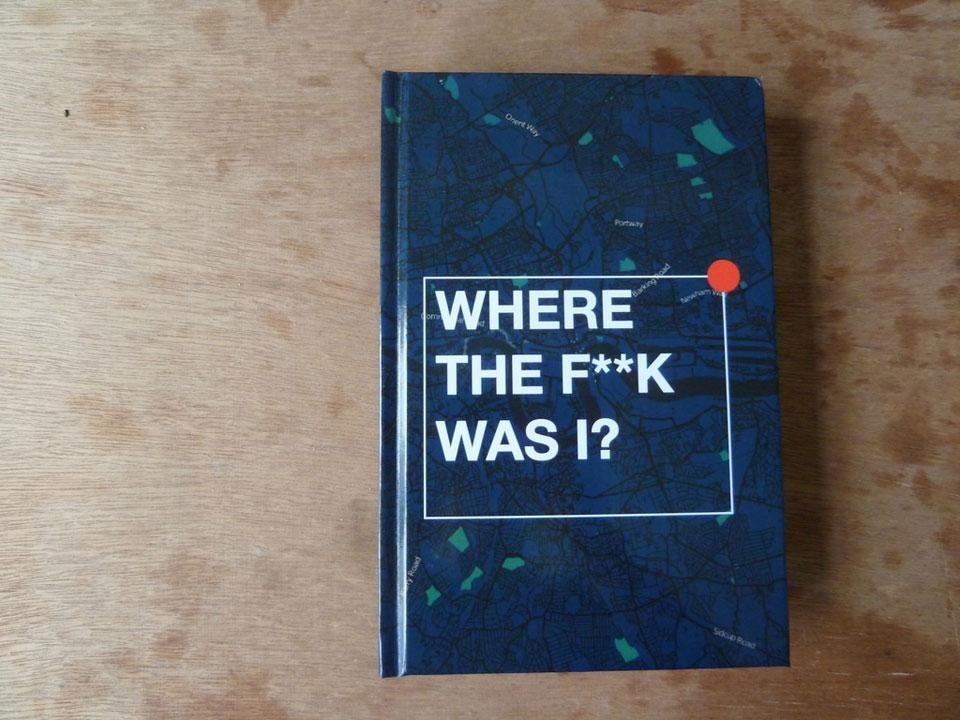
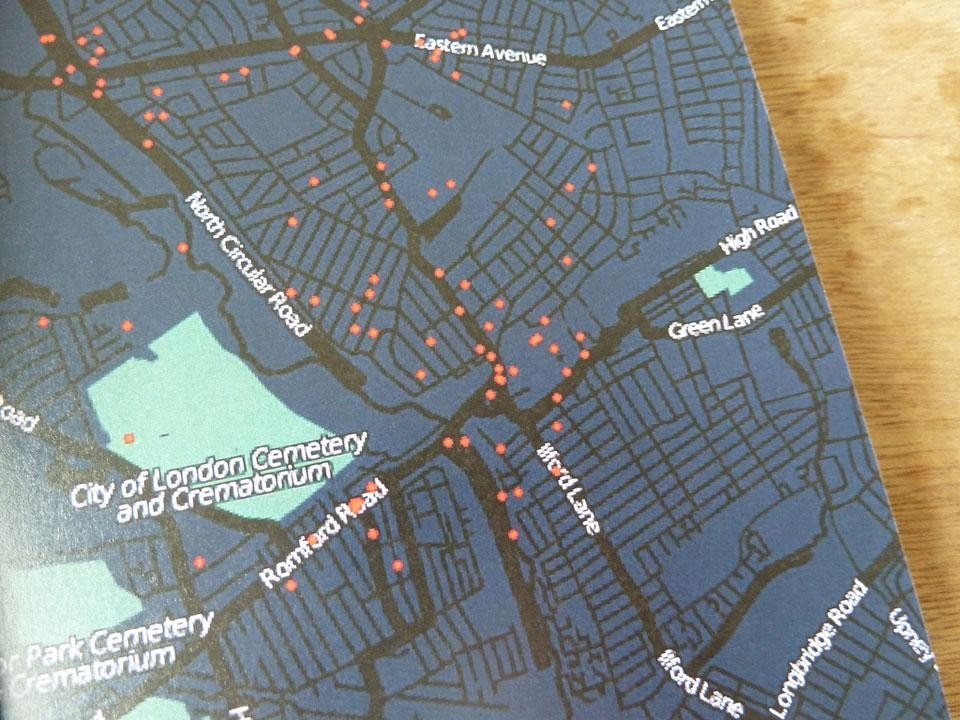
Joanne McNeil approached the mysteries of robot vision from the opposite direction: she observed that Google Maps' anonymized faces are animated by their ambiguity, their strangeness heightened by their appearance in frozen, starkly exposed physical spaces. A similar kind of imposed narrative arose from Apple's recent map update, in which its warped topology gave birth to structures and locations that seem to melt into puddles or crawl in jagged zig-zags across a plane. While these errors can be looked at solely as hazards for navigation, McNeil argued they can also be seen as seams through which the narrative of the human "way of seeing" compares to a machine's.
That point of intersection — between representation and reality — is, after all, where art has always found meaning. Bridle stressed that, to truly understand that hall of mirrors as it exists today, we must search these systems for the keys to unlock them from the inside, before they will be comprehensible, first we must "find the right metaphors"
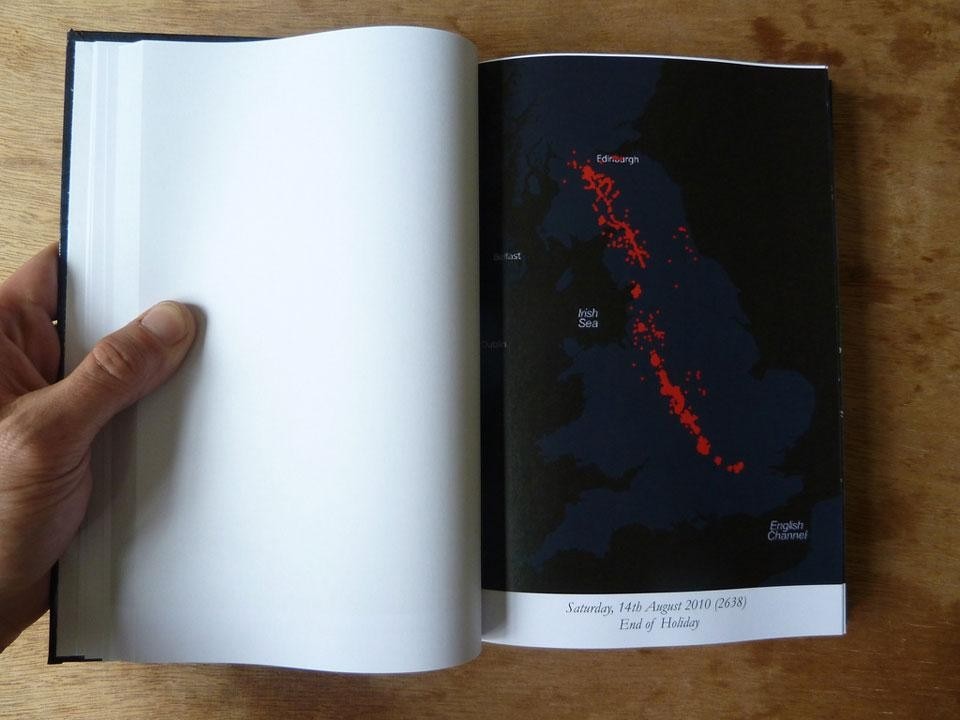
The term might seem to better suit Greg Allen's reprinting of "Wohlgemeynte Gedanken über den Dannemarks-Gesundbrunnen", in which a 2008 Google Books scan rendered an 18th-century treatise on "hydrologie" into impressively flowing and rippling typographical landscapes. Released as an eBook, Allen's piece navigates a turbulent space between printed matter and digital representation, from the accident as an artistic origin and the unknowable logic of a failing optical scanner. But again, its force derives from the reflexivity of its maker, and the object's pose within established codes of art-making and visual beauty.
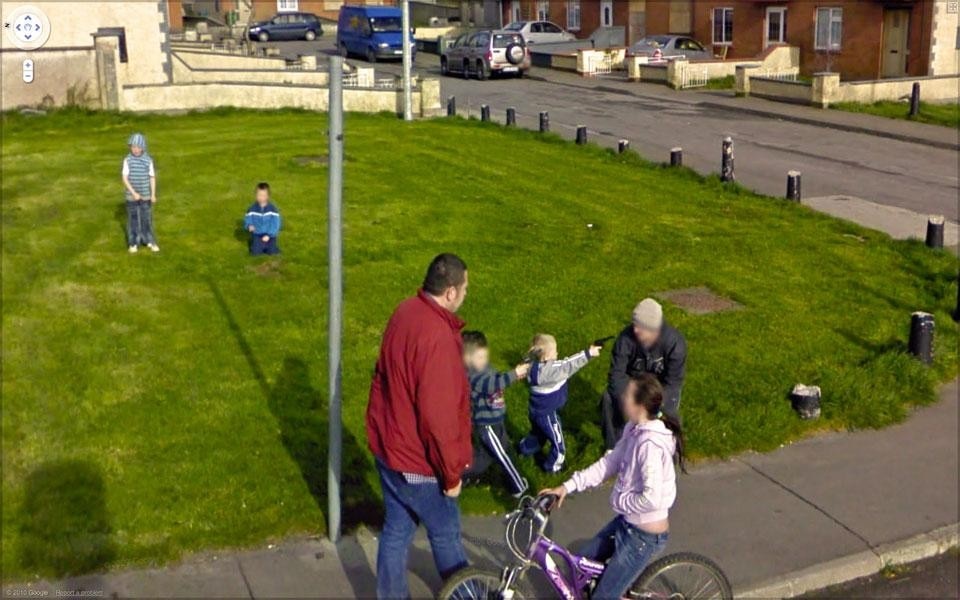
What seemed to go unsaid, or perhaps was implicitly rejected, was the established complaint about the portal of representative technology, first made by philosophers like Jean Baudrillard and Umberto Eco, for whom representation and distancing were forms of impoverishing "the real." A new form of this disappointment was expressed by the anthropologist David Graeber in a recent essay for The Baffler:
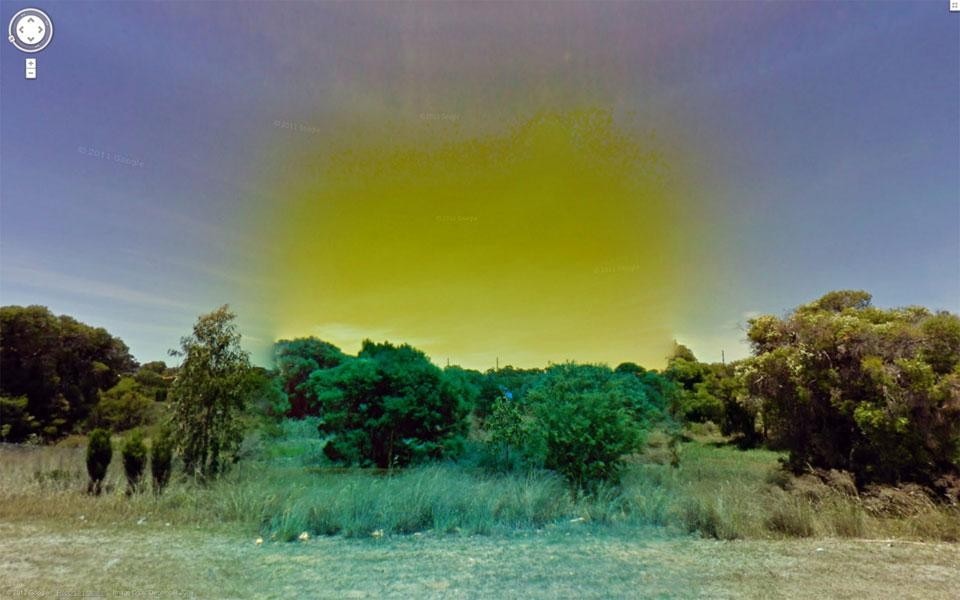
The most profound suggestion behind all the various limbs of the New Aesthetic is that something new can be found not just in linear progress through "the real" (which perhaps might be better put as simply "the material"). It might be found, instead, in the strange undertones in the resonance between the way a representation is automatically generated and the way we have come to think of it in the complacency of our ordinary material existence.
